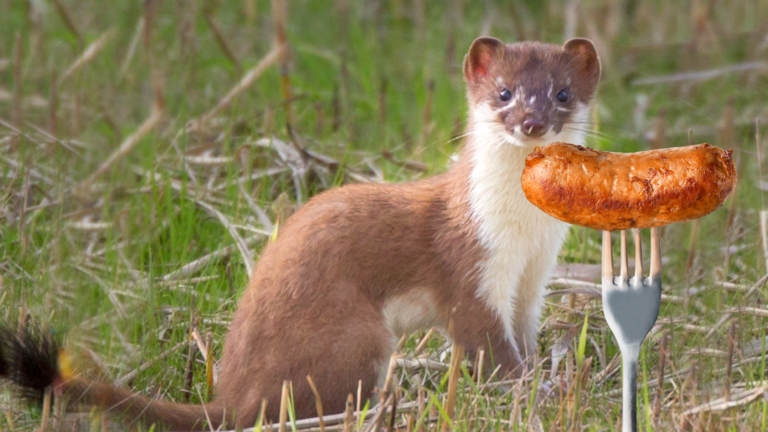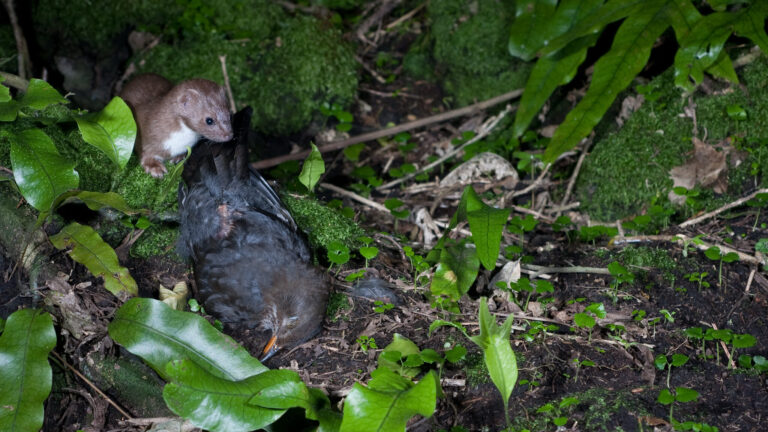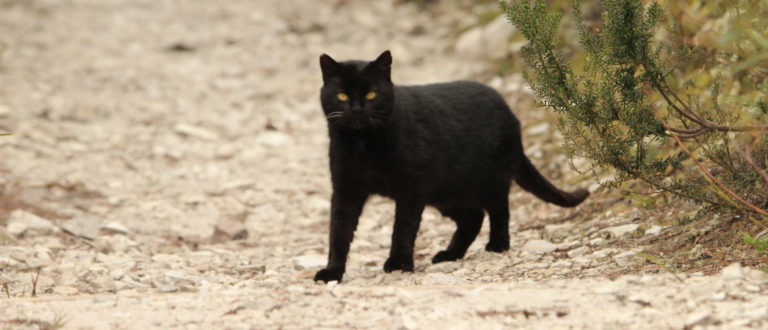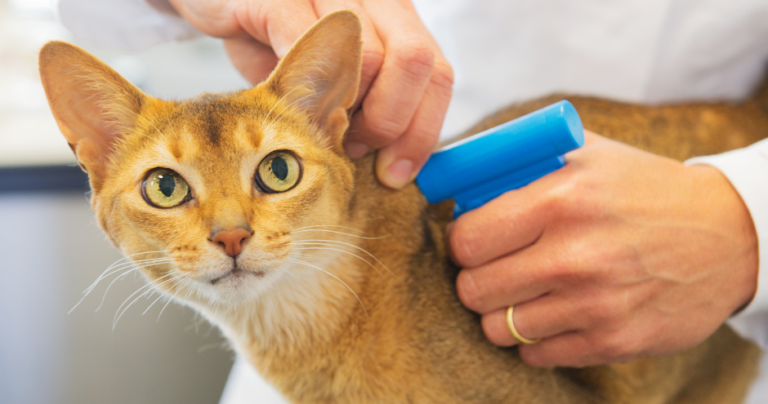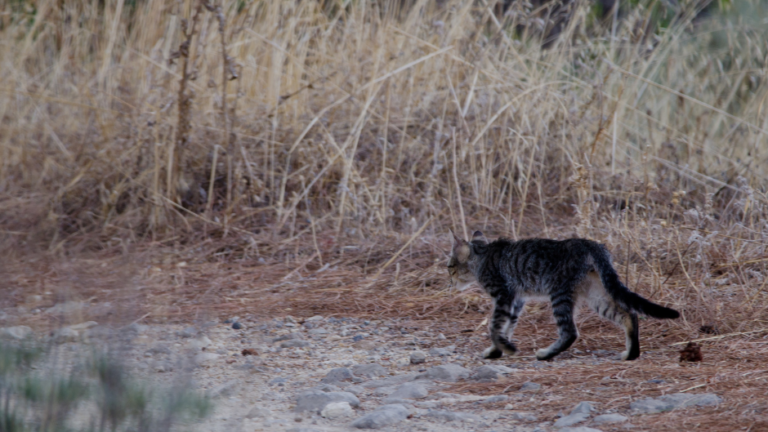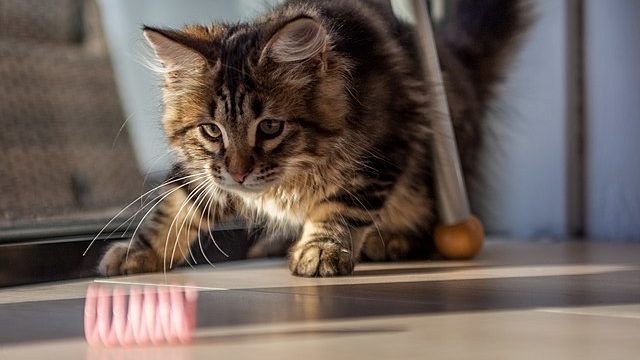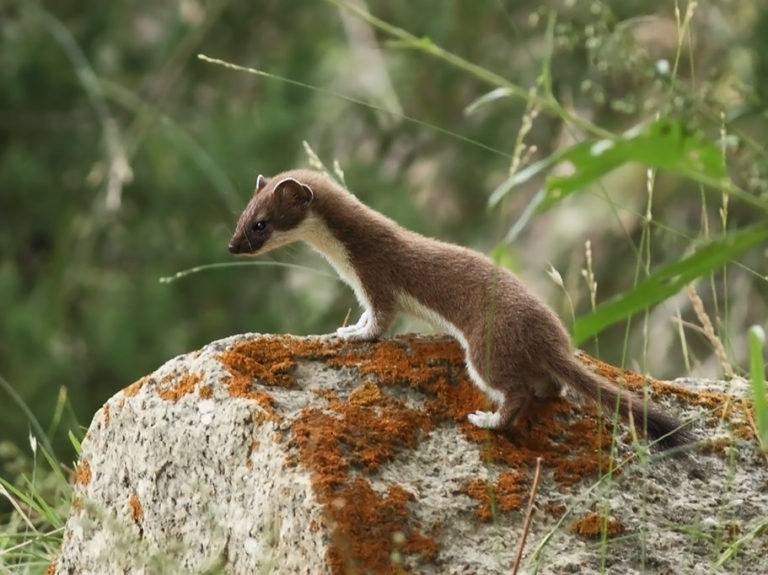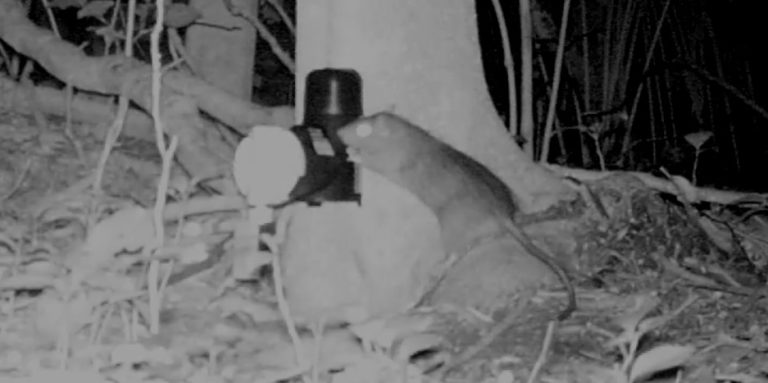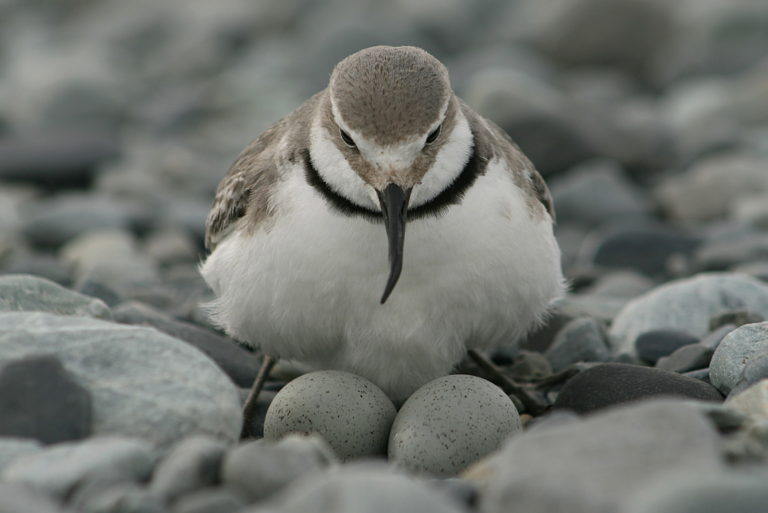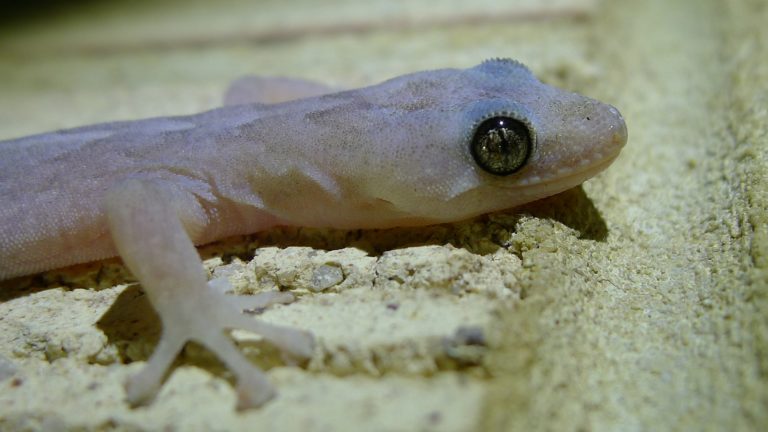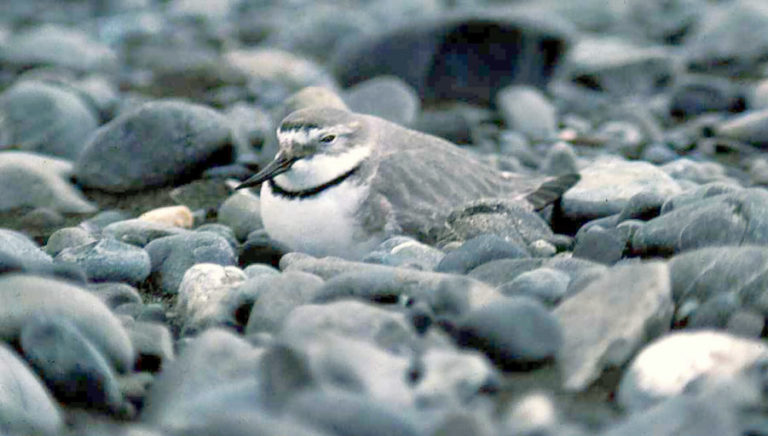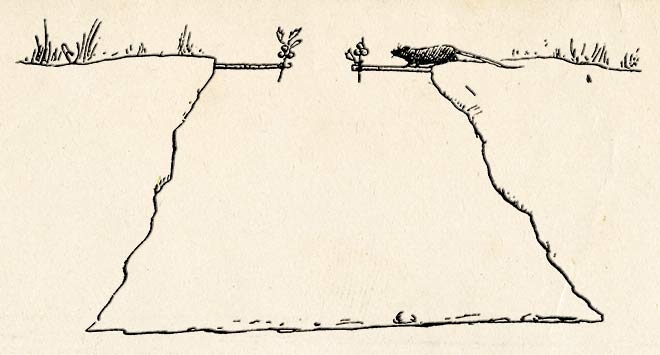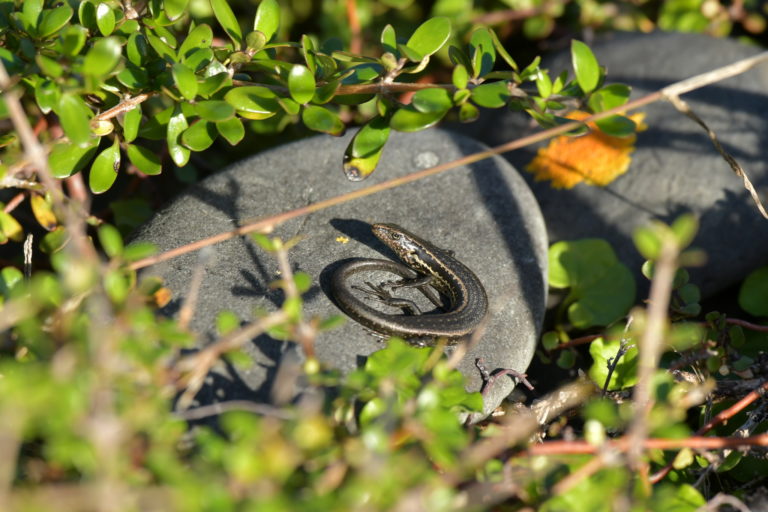Other articles tagged with Introduced predators
Sausages on the menu: trials target feral cats and stoats
Stuff them in a roll or slap them on a piece of white bread; sausages are a Kiwi classic. Stoats and feral cats have a taste for them too.
Bird count not body count: weasel study suggests recovery of native species more important than predator kill count
Described as “murderous saveloys with legs”, new research suggests we pay closer attention to the recovery of native species rather than simply counting the number of predators killed.
Cat catastrophe: The final frontier – managing feral cats
Cats are the eighth-most populous species in the world. But, as invasive species across many continents, their popularity comes at a tremendous cost.
Cat catastrophe: Managing our feline companions
Curfews, leash walking, registration, and desexing. These are just some of the ways Australia is addressing domestic cat management.
The feral factor – new research into roaming feral cats
Feral cats live on every continent except Antarctica. But even though they can live almost anywhere, some habitats are more appealing than others.
Cat catastrophe: Why are we behind Australia in managing cats?
Why are we quickly falling behind in managing cats? We need only look across the ditch to see how a different cat-management reality could be playing out in Aotearoa New Zealand.
Odour lures offer a new temptation to stoats
Trapping using food-based lures of hens’ eggs and rabbit meat, with long-life rabbit the main stoat control method in New Zealand.
Flying at half-mast: connecting kea decline to mast years
New research published in the New Zealand Journal of Zoology shows that mast years are bad news for kea. Native beech trees produce millions of tasty seeds in a mast year, which rodents love.
When it comes to predator free, do mice matter?
In many wildlife sanctuaries around New Zealand fences make it almost impossible for most introduced predators to get in. But mice can still sneak through…
Self-resetting traps useful for rat control, not eradication
Good for rat population control, but not a stand-alone tool – that’s how two scientists have described the success of self-resetting traps on Goat Island.
‘Fake news’ foils would be predators
To survive and succeed in the wild, every meal an introduced predator eats has to be worth the effort and energy it takes to obtain it.
Feral cats feast on Australian reptiles
Researchers have calculated that the total number of feral cats in Australia in largely natural landscapes averages 2.07 million.
Breeding wrybills face multiple challenges
Wrybills, the little shore birds with a bend in their beak, are only found in New Zealand. They breed on the South Island’s braided rivers.
Rat-trapping has a long history in Aotearoa
The ancestors of Māori brought the kiore across the Pacific in their waka and early Māori developed several types of ingenious rat traps to catch them.
Predator pitfalls for live-trapped lizards
A common way to monitor what insects or lizards are around, is to use a live-capture pitfall trap which ground-based insects then fall into.

